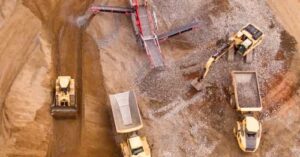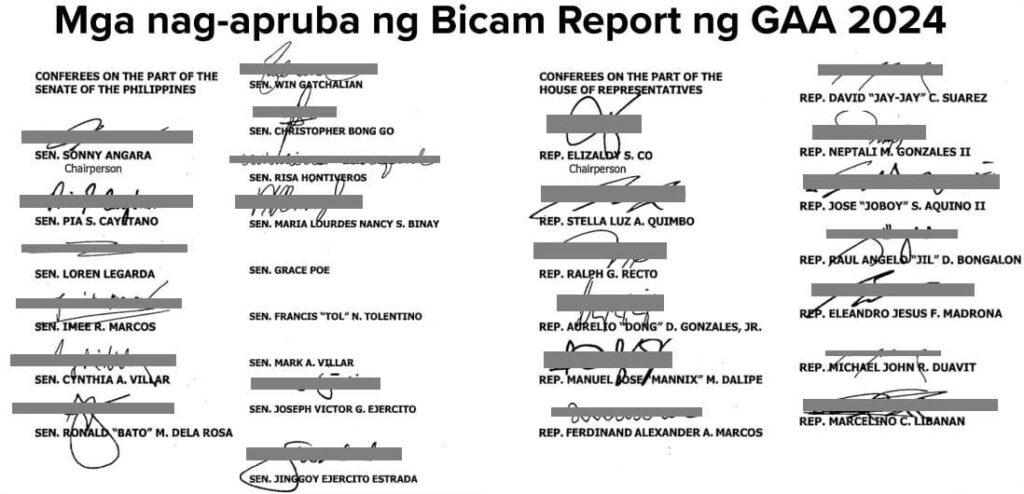There is this worrying yarn being peddled by the extractive industry, that mining can be sustainable but no one has yet succeeded in growing mineral ores the way farmers nurture their crops, or employing biomimesis to coax ores to reproduce, the way some scientists have succeeded in engineering plants to produce non-plastic filaments.
The word “sustainable” is a joke that can kill people in the mining tenement of Dinapigue Mining Corp. (DMC) in Dinapigue, Isabela, which is supposed to be included in the Northern Sierra Madre Natural Park (NSMNP) and thus beyond the commerce of man. It is the country’s biggest protected site and is included among UNESCO’s world heritage sites. It covers of 287,861 hectares (711,320 acres) of land area and 71,652 hectares (177,060 acres) of coastline water area in the Isebala towns Palanan, Divilacan and Maconacon, San Mariano, Dinapigue, San Pablo, Cabagan, Tumauini and the city of Ilagan.
Furious at the ongoing denudation of Sierra Madre, the Federation of Environmental Advocates in Cagayan Valley (FEACV) condemned what it described as “destructive” mining and demanded an immediate halt to the operations of DMC, a subsidiary of Nickel Asia Corp. (NAC) controlled by the Zamora family, which joined the mining bonanza in 1968. Moreover, the group demanded that DMC and NAC be put on the griller and punished for denuding the primary growth forest that shields Cagayan Valley, Central Luzon and Calabarzon from destructive typhoons. The Sierra Madre is the longest mountain range in the Philippines.
“Additionally, the Sierra Madre is home to a diverse range of endemic plant and animal species, making it a biodiversity hot spot. Natural Barrier: The Sierra Madre, also called the ‘backbone of Luzon,’” FEACV argued. “These mountains being mined are inheritance from our forefathers, and I see those as our legacy for the next generations. What we are talking about here is our planet. We only have one planet, and we are now the caretakers. So, it is our duty to protect our home—the planet Earth,” said former FEACV president Art Alariao. In response, the DMC on Thursday defended its operations in coastal Dinapigue, and reiterated its pledge to preserve the Sierra Madre. “As such, all our operations are conducted outside the boundaries of the Sierra Madre Natural Park and are carried out in full compliance with national and local regulations,” the company said.
DMC added that has secured permits and clearances from the Mines and Geosciences Bureau (MGB) and local government units (LGUs) to legitimize its operations. The mining rights in the area (MPSA No. 258-2007-11) were granted to Platinum Group Metals Corp. in 2007, transferred to Geogen Corp. in 2009, and acquired by DMC in 2015. Commercial operations began in 2021. Its Final Mine Rehabilitation and Decommissioning Plan has been approved consistent with the provisions of the Philippine Mining Act of 1995. DMC claimed to have secured free and prior informed consent (FPIC) from the people affected by mining operations like the Dumagat and Agta. It was not the original claimant to the mining tenement and it is there to salvage what Platinum, Geogen and NiHao earlier tried to subject to full extraction.
The mining company also bragged: “We are proud that 72% of our employees are local hires, including Indigenous Peoples who comprise 2% of our workforce. Beyond employment, we ensure our operations are aligned with environmental protection and sustainable development.” The company also boasted that by the end of first quarter this year, 626,402 seedlings were planted and donated for reforestation efforts. Is this what DMC means by “sustainable development”? Mining in the context of DMC is not sustainable for the simple reason that reforestation will take dozens of years to transform the denuded forests into something green. DMC also has tailings dams in its concession where waste is stored, perhaps to be subjected to salvage mining in the future. Can DMC grow nickel ore? Will planting seedlings coax the soil to produce nickel, copper and gold that go in tandem geologically? Surely not, so where is sustainable mining here? DMC only sells ores and is not into the business of processing mineral ores. In short, it cannot brag about value-added to what they the company has extracted.
DMC should understand that by going full-blast in its mining operations, the company is driving away the fauna of the NSMNP, and that includes at least nine endangered species. What has the Zamora-controlled company done to mitigate the threat to the habitat of rare deer, owls, birds, monitor lizards, even crocodiles, wild pigs, monkeys and other mammals? Mining companies have been notorious for failing to secure their tailings dams, leading to their collapse, the dumping of millions of tons of untreated water loaded with toxic chemicals into farms and the sea. The tragic disasters of Marcopper in Marinduque on Mar. 24, 1996, the collapse of another Marcopper tailings pond in Mogpog, Marinduque on June 12, 1993 that killed two children and displaced 70 families, the Sept. 2, 1995 collapse of a tailings pond of Manila Mining in Placer, Surigao del Norte that killed 12, the Padcal mine spills in August-September 2012 and in 1992 involving Philex Mining, the collapse of Benguet’s Liang tailings dam in 2016 that contaminated the Agno River amply illustrate not only the negligence but incompetence of mining companies.
For the information of all Isabela residents affected by mining in Dinapigue, the following are the key officers of DMC, a subsidiary of NAC. They are: Engr. Edwin R. Casiano, assistant vice president for resource management and mines (AVP-RMM) and resident mine manager; Engr. Nordy F. Jusay, management representative; Engr. Katherine C. Liquido, quality assurance manager; Martin Antonio G. Zamora, president and CEO of NAC and president of all nine mining subsidiaries; Jose Bayani D. Baylon, senior vice president for sustainability, risk management and corporate affairs, and also chief sustainability officer and chief risk officer of NAC, and; Koichi Ishihara, senior vice president and NAC chief commercial officer. Former finance secretary Jose Isidro N. Camacho also sits as NAC’s non-executive director. (DIEGO MORRA)




